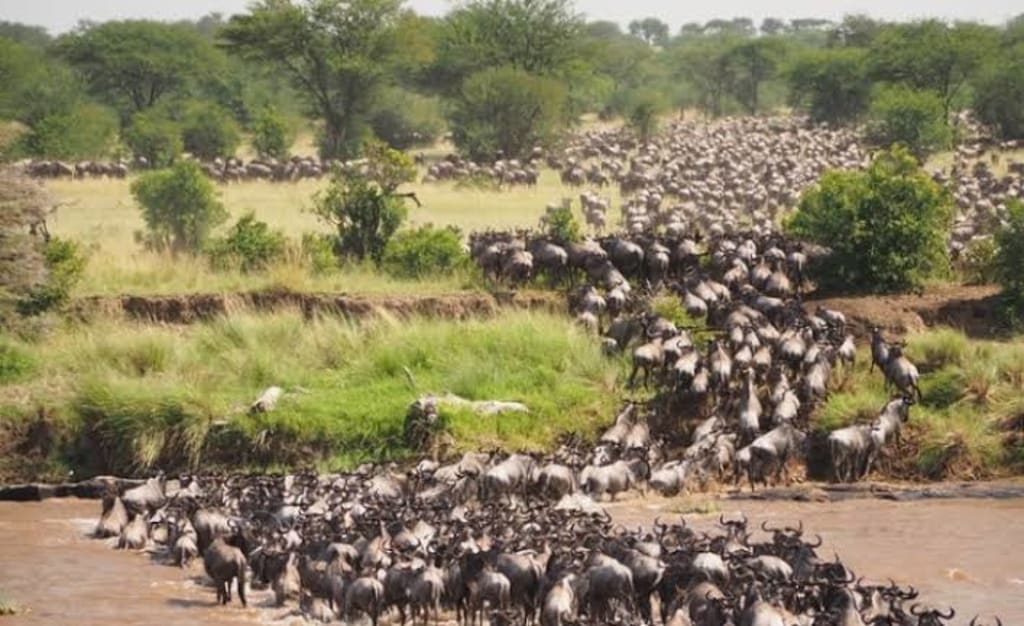How Climate Change is Disrupting the Great Migration
As temperatures rise, animals are altering their ancient migration routes, putting their survival and our planet's biodiversity at risk

Animal migration is one of the most incredible feats in the natural world. Every year, millions of animals make their way across the globe, traveling thousands of miles to reach their breeding, feeding, and nesting grounds. However, climate change is disrupting these ancient migration patterns, putting the survival of many species at risk.
The effects of climate change on animal migration are far-reaching and devastating.
Rising temperatures are altering the timing of seasonal events, such as the blooming of flowers and the emergence of insects, which many animals rely on for food and shelter. This disruption is causing many animals to arrive at their destinations too early or too late, leading to food shortages and habitat loss.
One of the most iconic animal migrations is the great wildebeest migration in Africa. Every year, over a million wildebeest make their way across the Serengeti in search of greener pastures.
However, as temperatures rise, the wildebeest are arriving at their destinations too early, before the grasses have had a chance to grow. This is leading to food shortages and increased competition for resources, putting the entire ecosystem at risk.
In North America, the monarch butterfly migration is also under threat. The monarchs migrate thousands of miles each year from Canada and the United States to Mexico, where they spend the winter months.
However, as temperatures rise, the monarchs are arriving at their destinations too early, before the milkweed plants have had a chance to grow. This is leading to food shortages and habitat loss, putting the entire species at risk
The disruption of animal migration patterns is not only a tragedy for the animals themselves, but also for the ecosystems they inhabit.
Animal migration plays a crucial role in maintaining the health and biodiversity of ecosystems, and the loss of these migrations could have far-reaching consequences for the entire planet.
So, what can we do to stop the disruption of animal migration patterns? The answer lies in reducing our carbon footprint and slowing the rate of climate change.
This can be achieved through a variety of measures, including transitioning to renewable energy sources, increasing energy efficiency, and protecting natural habitats.
In conclusion, the disruption of animal migration patterns is a tragedy that affects not only the animals themselves but also the entire planet.
It is up to us to take action to reduce our carbon footprint and slow the rate of climate change, ensuring that these incredible migrations continue for generations to come.
About the Creator
AUGUSTINE MERCY DIBIO
Professional Animal behavior writer. ❤️
Learn more about your favorite animal/pet behavior here 📚
Come with your dictionary 🥴
Enjoyed the story? Support the Creator.
Subscribe for free to receive all their stories in your feed. You could also pledge your support or give them a one-off tip, letting them know you appreciate their work.






Comments
There are no comments for this story
Be the first to respond and start the conversation.